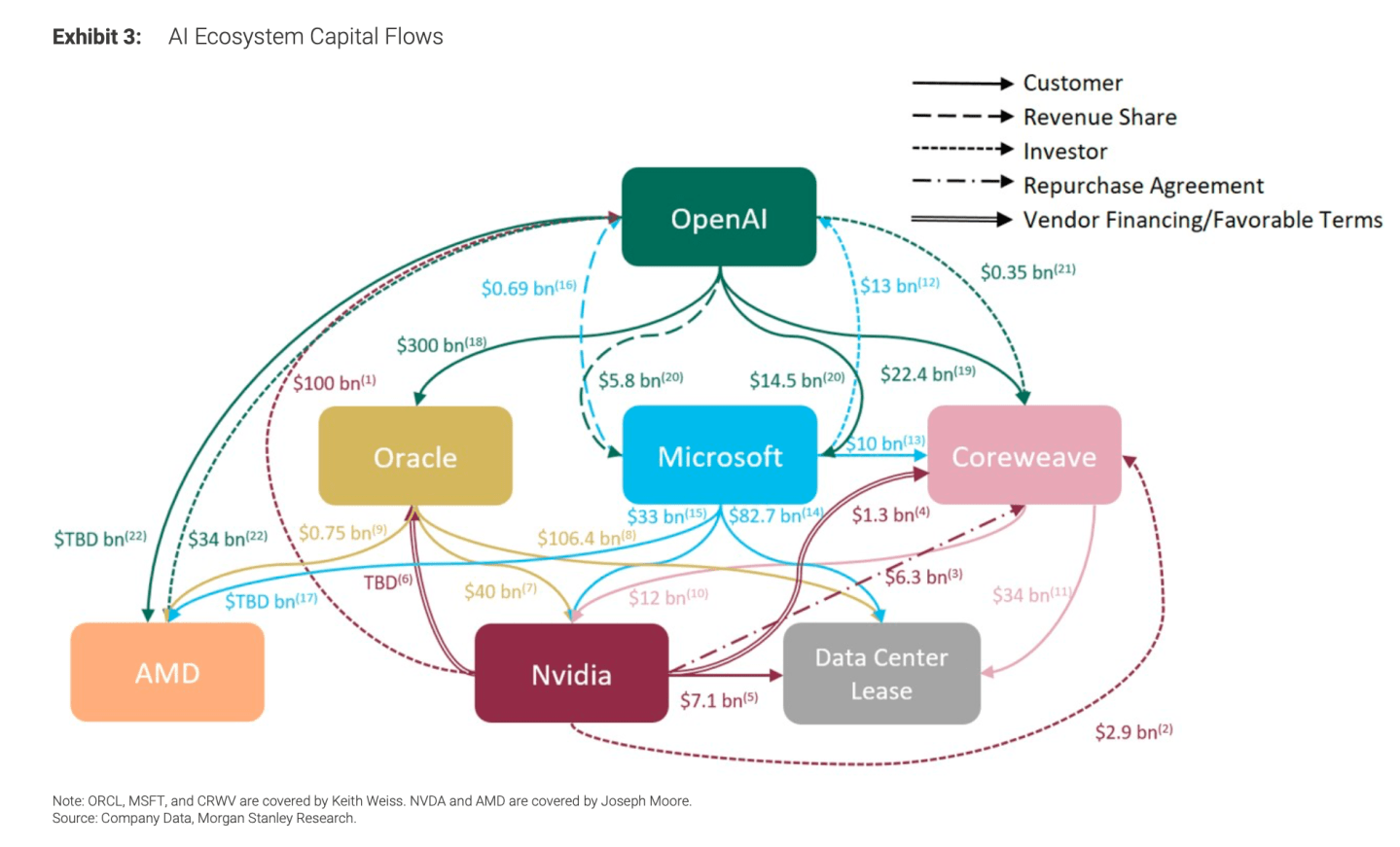However, the implementation of T+1 is likely to cause logistical challenges. John Abel, Executive Director of Clearance and Settlement, Product Management at the DTCC notes that settlement compression will force members to examine existing trade allocation, affirmation and confirmation procedures.
The Industry Steering Committee (ISC) is recommending that allocations take place no later than 7pm ET on trade date so that firms have adequate time to process affirmations by 9pm ET on T, having previously occurred at 1130 AM ET on T+1.2
“All firms involved in the institutional trade lifecycle will be impacted by the move to T+1. A lot must happen in the institutional trades flow to meet the new processing cutoffs. Allocations, affirmations and confirmations need to occur in a new compressed time-frame. This is an area that certainly warrants attention,” says Abel.
The ISC warns a side-effect of T+0 could be a reduction in the number of trades which settle on time on the National Securities Clearing Corporation’s (NSCC) Continuous Net Settlement system.3 Again, this could lead to a spike in trade settlement fails. To mitigate this risk, Pitts points out that greater investment into technology and automation will be vital to ensuring that these processes can all function seamlessly within the condensed time-frame.
Learning from other experiences
Outside of the US and Canada, India started phasing in T+1 in February 2022 for listed securities — beginning first with the smallest companies by market capitalisation. However, it appears North American markets are unlikely to adopt the incremental approach to T+1 being taken in India. “India has phased in a T+1 settlement cycle, but this staggered implementation is not feasible in the North American markets,” highlights Pitts.
“When we moved to T+2 from T+3, the industry discussed whether it should implement an incremental transition to T+2, e.g., by different asset class. This would have entailed moving equities to T+2 followed by fixed income, for example. At the end of the day, we concluded that most of these assets run on a single platform so carving out and identifying which securities would be T+2 versus T+3 created more risk than it was worth. As such, we are favouring a big bang approach to T+1,” explains Abel.
Patience will also be essential if the move to T+1 is to be judged a success. Although the US industry has pencilled in March 2024 as T+1’s go live date, the DTCC together with industry bodies including the Securities Industry and Financial Markets Association (SIFMA) and Investment Company Institute (ICI) have urged the Securities and Exchange Commission (SEC) to delay the introduction of any settlement changes until Labour Day. “This will enable the Canadian market to take advantage of the three-day weekend in the US to implement T+1. We are waiting for the SEC to come back to us with their comments,” says Abel.
Expediting settlements through innovation
With the US and Canada on the cusp of T+1, some believe the imposition of T+0 is an inevitable next step, highlighting it will lead to further improvements in capital optimisation and risk management. There is also a general acceptance that T+0 will only be possible if new disruptive technologies are assimilated into the post-trade operating model. “It is hard to imagine T+0 working efficiently without DLT [distributed ledger technology]. In today’s existing set-up with all of the various rules and processes, it will be challenging for T+0 to be effective,” says Palivec.
This is echoed in the ISC report, which notes T+0’s introduction would require a complete restructuring of the clearance and settlement model; revisions to regulatory frameworks and the implementation of real-time currency movements. The report continues that the costs of adopting new technologies would be disproportionately shouldered by smaller or medium sized firms who are reliant on legacy systems.4
However, market infrastructures are already scoping out ways to enhance their existing settlement processes. As part of its Project Ion initiative, the DTCC is, for instance, trialling DLT to support T+1 and T+0 settlement. In June 2022, the DTCC will make the Project Ion platform available to select clients — in parallel to its existing settlement system.
The DTCC’s Abel takes a nuanced approach on the merits of T+0. “A lot of people say that new technology is the answer to T+1 and T+0 but most of the impediments are not technology issues, but process problems which the industry has created for itself. Our feeling is that moving the entire industry to a standard T+0 settlement cycle will be challenging for the industry and that the industry would likely want to conduct a comprehensive cost benefit analysis on whether such a move is viable. That said, there is an opportunity in the US market for voluntary T+0 trading platforms to evolve and DTCC wants to ensure this activity can be supported,” says Abel.
Bring on 2024
Shortening the settlement cycle will yield a number of benefits for market participants, but it could also put strain on FX management together with the allocation, affirmation and confirmation processes. “Even though T+1 is not yet live in the US or Canada, some are lobbying for the enactment of T+0. Again, this is easier said than done, especially as it would require a comprehensive overhaul of countless post-trade procedures,” says Pitts.
Although 2024 may sound like a long way away, in reality it is not. A lot of high-level and significant operational changes need to be made in North America’s markets before T+1, let alone T+0 can be delivered.
1 SIFMA, ICI, DTCC, Deloitte — December 1, 2021 — Accelerating the US Securities Settlement Cycle to T+1
2 SIFMA, ICI, DTCC, Deloitte — December 1, 2021 — Accelerating the US Securities Settlement Cycle to T+1
3 SIFMA, ICI, DTCC, Deloitte — December 1, 2021 — Accelerating the US Securities Settlement Cycle to T+1
4 SIFMA, ICI, DTCC, Deloitte — December 1, 2021 — Accelerating the US Securities Settlement Cycle to T+1
Source: citigroup.com







